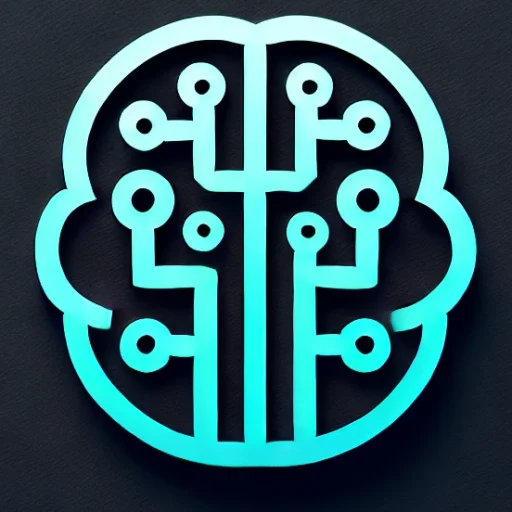
The Impact of Generative AI: Transforming Industries and Society
In the ever-evolving landscape of technology, one area stands out as particularly transformative and intriguing: Generative AI. This innovative branch of artificial intelligence has captivated attention due to its potential to reshape numerous industries, spark creative innovation, and address complex challenges. From creating hyper-realistic images to composing original music and writing text, Generative AI is pushing the boundaries of what’s possible.
Key Insights & Latest Advancements
Generative AI has seen remarkable advancements, primarily due to the development of sophisticated models like Generative Adversarial Networks (GANs) and transformer-based architectures such as GPT-3 and its successor, GPT-4. These models can generate human-like text, create stunning visual art, and even simulate real-world scenarios with impressive accuracy.
Recent breakthroughs include multimodal models that integrate text, audio, and images to create more cohesive and contextually accurate outputs. Companies like OpenAI, Google, and DeepMind are at the forefront, continuously pushing the envelope by training models on diverse and expansive datasets, enhancing their ability to generate content with unprecedented realism and coherence.
Real-World Applications
Generative AI’s impact is being felt across a plethora of sectors:
-
Entertainment and Media: AI-generated scripts, music, and art are revolutionizing content creation. Platforms are using AI to develop personalized recommendations and create interactive storytelling experiences.
-
Healthcare: AI models aid in drug discovery by simulating molecular behavior and generating potential compounds. They also assist in creating synthetic medical data, which is invaluable for training models without compromising patient privacy.
-
Fashion and Design: AI is helping designers by generating new fashion patterns and styles, leading to innovative apparel collections and more efficient design processes.
-
Marketing and Advertising: Brands are leveraging AI to create targeted ad campaigns, generate personalized content, and design virtual brand ambassadors, thereby enhancing consumer engagement and ROI.
Challenges & Future Outlook
Despite its potential, Generative AI presents several challenges. Ethical concerns are at the forefront, particularly regarding deepfakes and the potential misuse of AI-generated content to propagate misinformation. The authenticity of content is becoming increasingly difficult to verify, raising questions about trust and accountability.
Furthermore, there is a growing need for regulatory frameworks to ensure that AI development aligns with ethical guidelines and societal values. Addressing these challenges requires collaboration among technologists, policymakers, and ethicists to establish standards and guidelines that safeguard against misuse while promoting innovation.
Looking ahead, the future of Generative AI is bright yet complex. As models become more advanced, their ability to understand and generate content will improve, leading to even more sophisticated applications. Advancements in AI interpretability and explainability are crucial to building trust and ensuring that AI developments are transparent and accountable.
Conclusion
Generative AI represents one of the most significant technological advancements of our time, with the power to redefine industries and influence society profoundly. While there are challenges to address, particularly around ethics and regulation, the potential benefits are immense. By harnessing the creativity, efficiency, and problem-solving capabilities of Generative AI, we can envision a future where technology works in harmony with human creativity, driving innovation and fostering progress across sectors. As we navigate this transformative era, it is essential to remain vigilant, ensuring that the growth of Generative AI is guided by principles of responsibility, transparency, and inclusivity.

